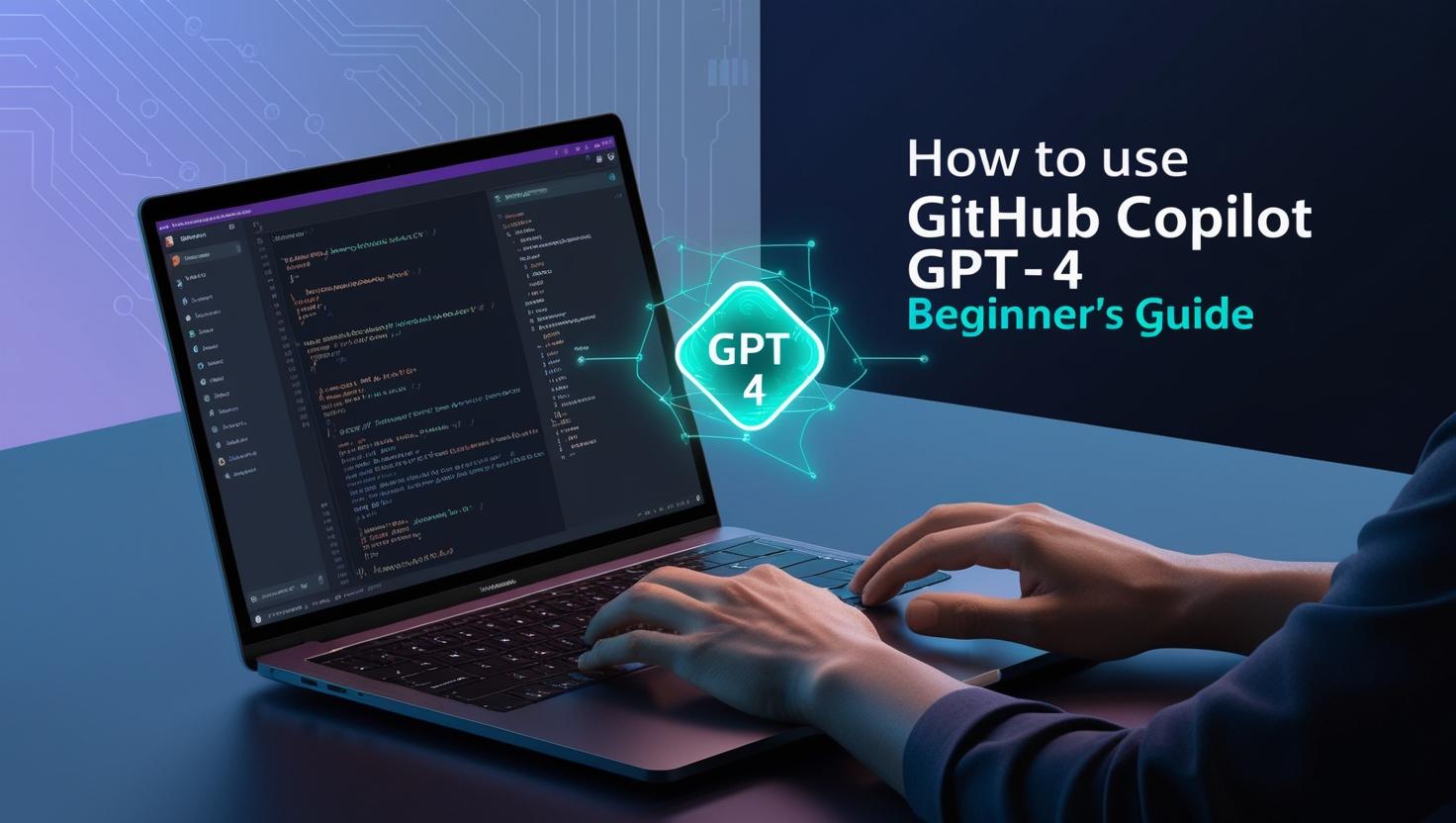GitHub Copilot, powered by OpenAI’s advanced GPT-4 model, has revolutionized coding by turning natural language prompts into functional code. With 72% of developers reporting faster task completion using AI tools (GitHub, 2023), mastering GitHub Copilot GPT-4 is a game-changer. This guide walks you through setup, use cases, and pro tips to harness its full potential.
What is GitHub Copilot GPT-4?
GitHub Copilot GPT-4 is an AI pair programmer that suggests code in real time across languages like Python, JavaScript, and Go. Unlike its predecessor, it leverages GPT-4’s enhanced context understanding to generate accurate, context-aware snippets. Key features:
- Multi-Line Code Completion: Auto-fills entire functions based on comments.
- Error Detection: Flags syntax issues and suggests fixes.
- Cross-Language Support: Works in 50+ programming languages.
Example: Describe a task like “fetch user data from an API,” and Copilot drafts the code.
Step 1: Set Up GitHub Copilot GPT-4
Prerequisites
- A GitHub account (free or paid).
- An active Copilot subscription ($10/month).
- Supported IDE (e.g., VS Code, JetBrains).
Installation Guide
- Install the IDE Extension:
- In VS Code, navigate to Extensions → Search “GitHub Copilot” → Install.
- Authenticate Your Account:
- Sign in via GitHub and accept Copilot’s terms.
- Enable GPT-4 Suggestions:
- Go to Settings → Extensions → Copilot → Check “Use Advanced AI Model.”
Step 2: Start Coding with GitHub Copilot GPT-4
Write Clear Prompts
Use descriptive comments to guide Copilot. For example:
#Calculate Fibonacci sequence up to n terms
def fibonacci(n):
Copilot generates:
sequence = [0, 1]
while len(sequence) < n:
sequence.append(sequence[-1] + sequence[-2])
return sequence[:n]
Refine Suggestions
- Accept/Reject: Press
Tabto accept a suggestion orEscto reject. - Cycle Alternatives: Use
Ctrl + Enter(VS Code) to view multiple options.
Debug Faster
Type a comment like “Fix this error: ‘list index out of range’,” and Copilot proposes solutions.
5 Pro Tips to Maximize GitHub Copilot GPT-4
- Break Tasks into Steps: Split complex problems into smaller comments.
- Use Contextual Cues: Reference variables or functions from earlier in the file.
- Leverage Examples: Provide input/output samples for precise code.
- Review Generated Code: Always test Copilot’s output for edge cases.
- Combine with Custom Snippets: Save repetitive code as snippets for reuse.
Case Study: A developer at Microsoft reduced React component setup time by 40% using Copilot’s JSX generation (TechCrunch, 2023).
Common Mistakes to Avoid
- Over-Reliance: Use Copilot as an aid, not a replacement for learning.
- Vague Prompts: Comments like “Write code” yield generic responses.
- Ignoring Security: Audit code for vulnerabilities—Copilot may suggest outdated libraries.
Final Thoughts
GitHub Copilot GPT-4 is reshaping coding efficiency, but success hinges on strategic use. Start with small projects, experiment with prompts, and refine outputs. For deeper learning, explore GitHub’s Copilot Docs and OpenAI’s GPT-4 Guide.
Ready to code smarter? Activate GitHub Copilot GPT-4 today and watch your productivity soar.
Sources:
GitHub 2023 Developer Survey | TechCrunch
















